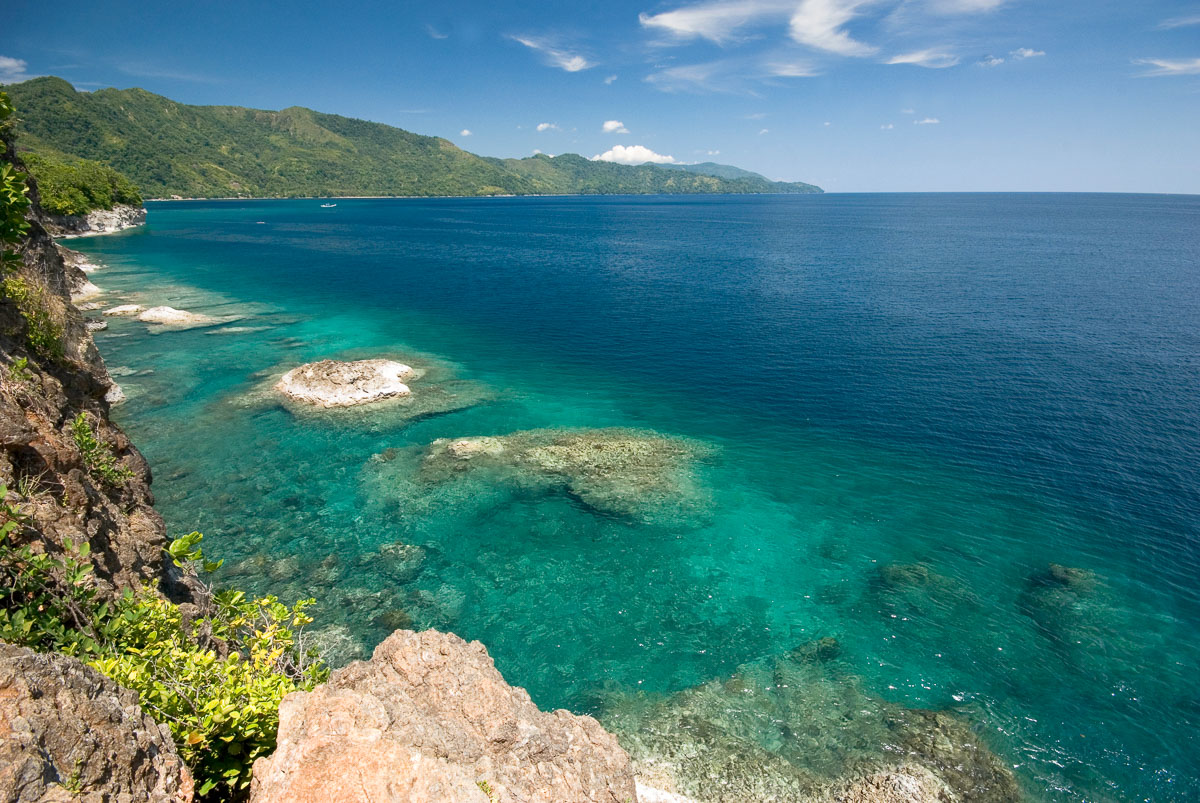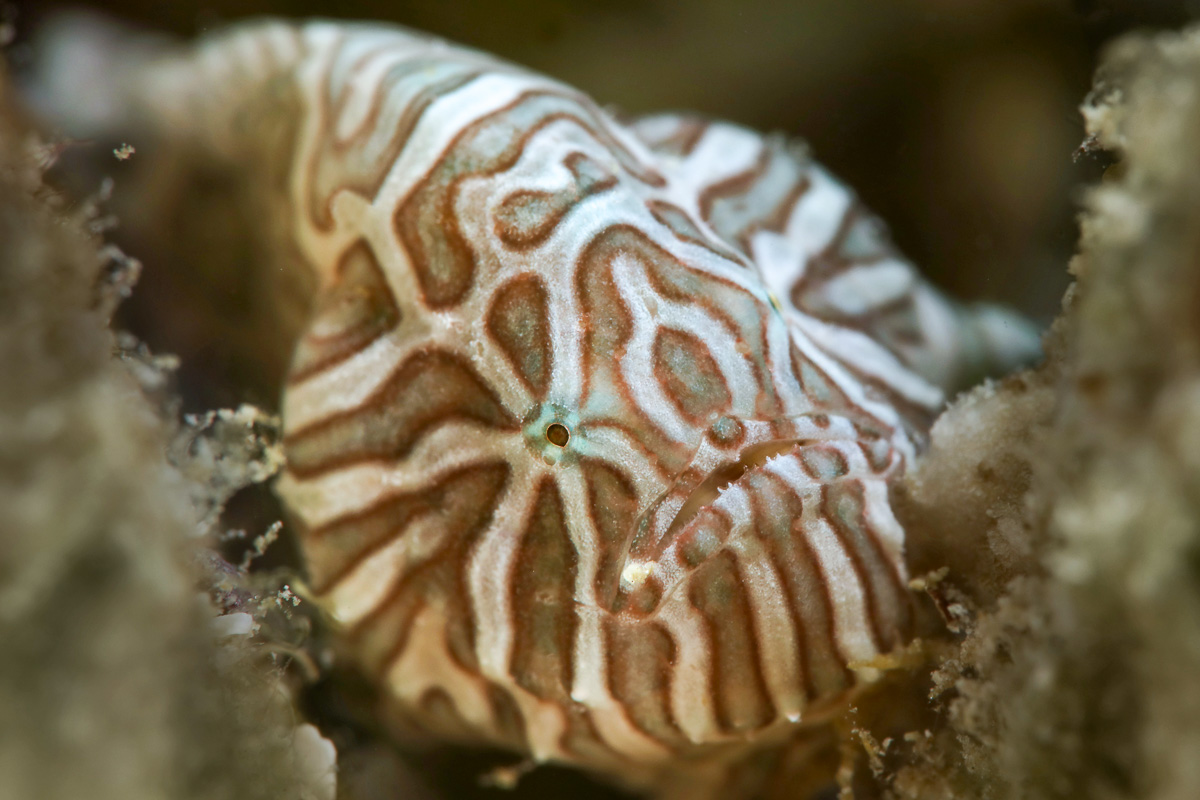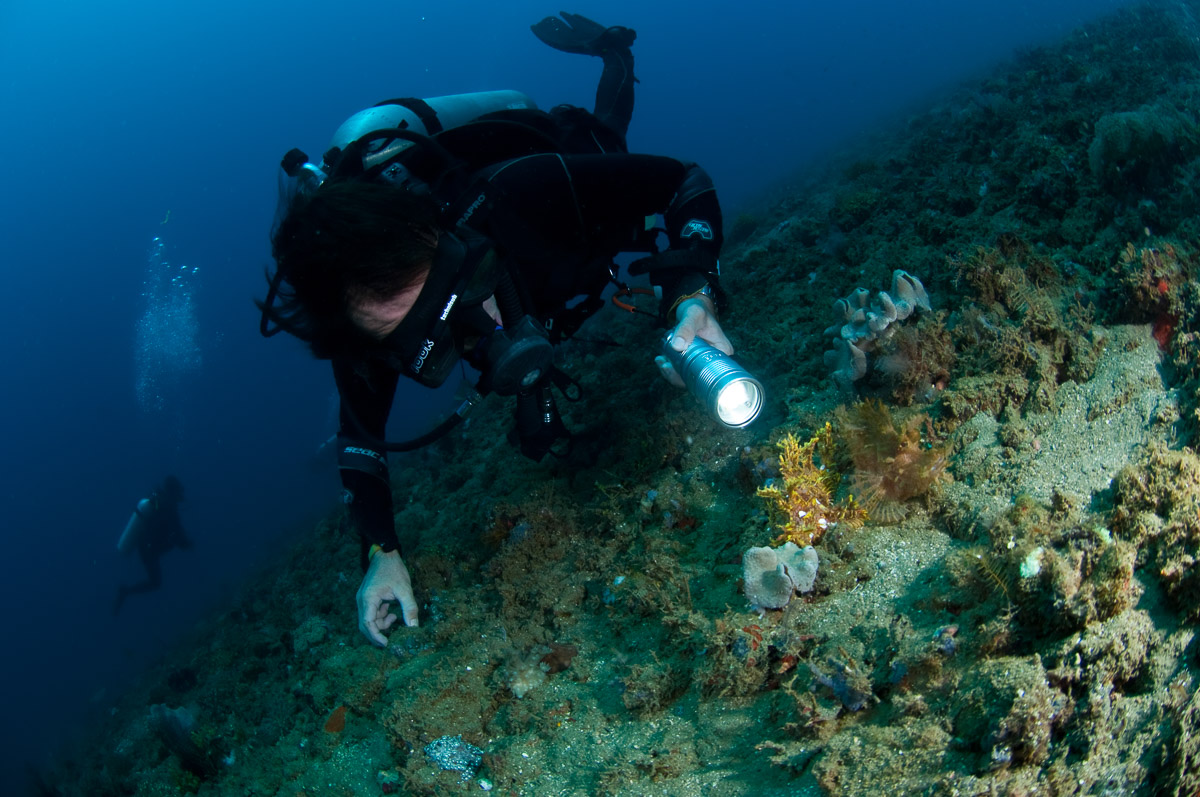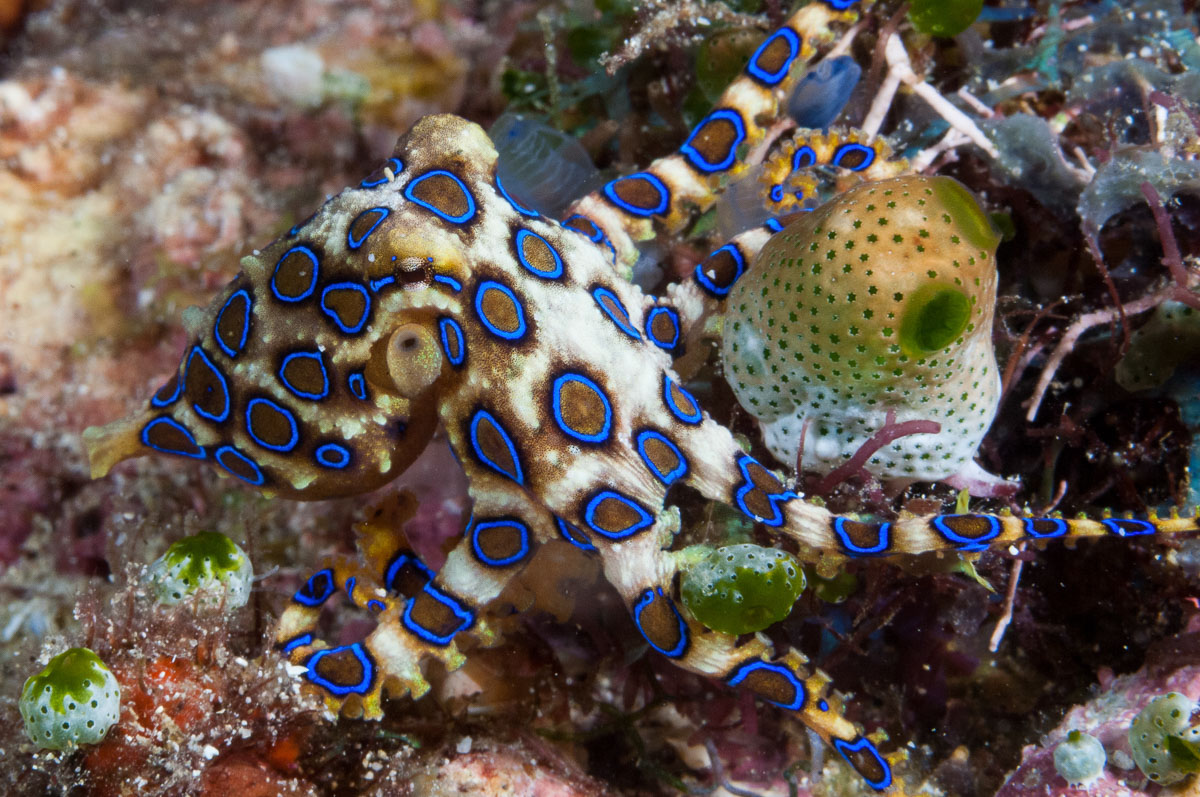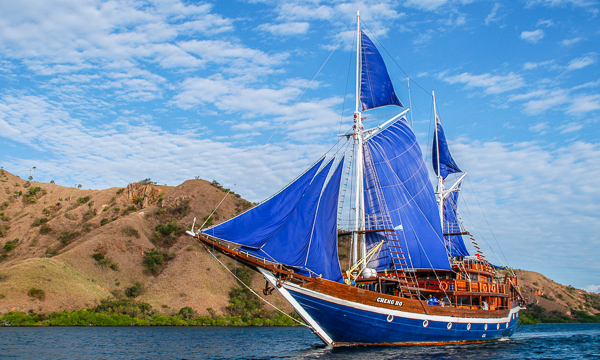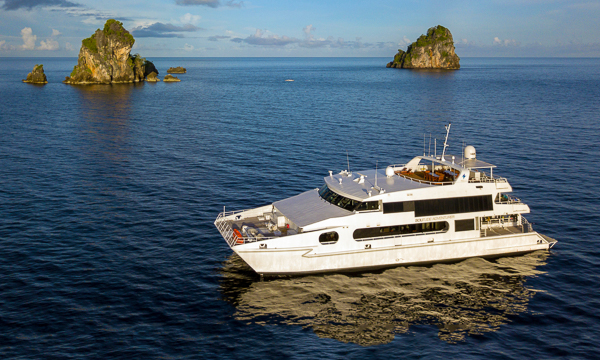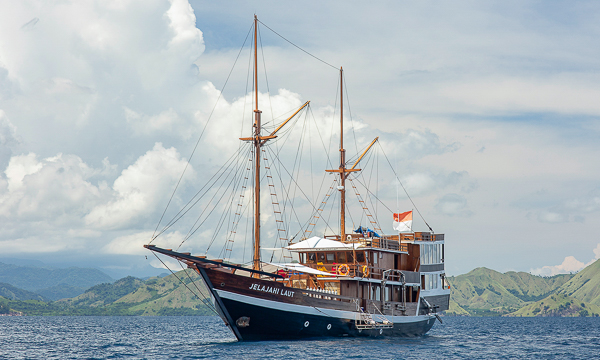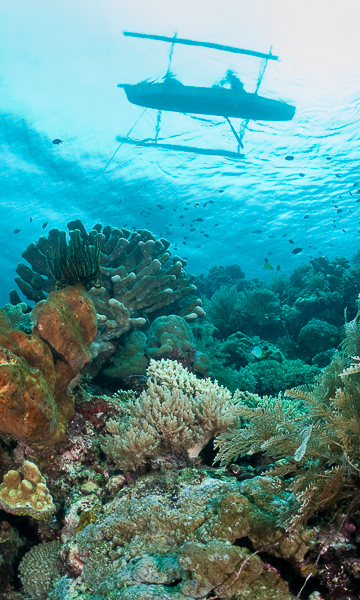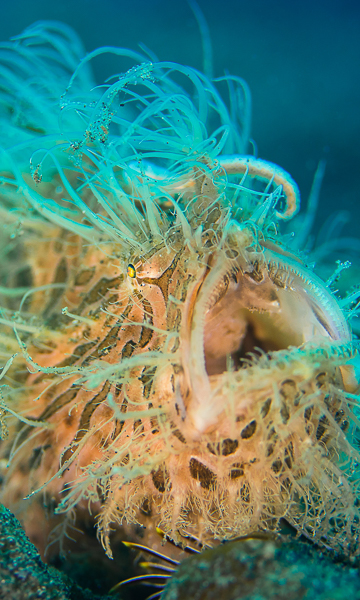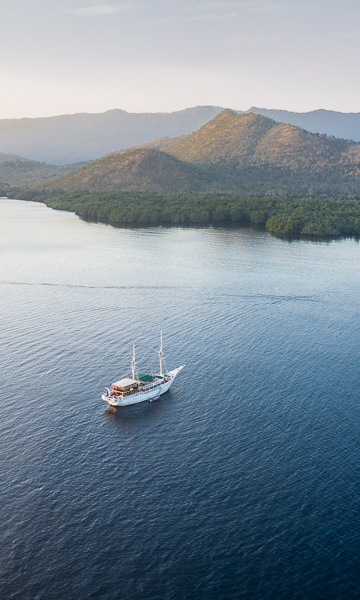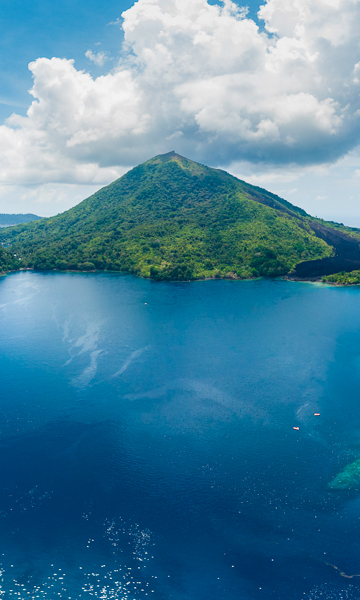
Suba diving in
AmbonHighlights
- Hunt for the elusive psychedelic frogfish - found only in Ambon
- Dive the world-famous ‘muck’ sites in search of amazing critters
- Explore the caves and reefs of the south coast
- Explore the island's history visiting the remnants of the spice trade
Once famous as the heart of the spice trade and fought over by colonial powers, Ambon today has become world-renowned for an entirely different reason, as home to some of the best ‘muck’ diving on the planet. Dive sites can be littered with man-made waste, but they are home to an astonishing array of bizarre and beautiful critters. Ambon is easily on a par of other famous muck destinations and with its unique species and low-key diving, could rightly claim to be the best muck destination in Indonesia.
Diving in Ambon
- Rare OctopusFrom September to May
- Exotic cuttlefishNot frequently
- Psychedelic FrogfishNot frequently
- Clown frogfishFrom September to May
- Hairy FrogfishNot frequently
- Giant frogfishFrom September to May
- Cryptic ScorpionfishFrom October to December
- MandarinfishNot frequently
- SeahorseFrom September to May
- Pygmy seahorseNot frequently
- Unique crabs & shrimpsFrom September to May
- Exotic NudisFrom September to May
Diving in Ambon is focused on the famous ‘muck’ sites of Ambon Bay. These sites are concentrated along the north coast and an incredible variety of unique critters lie the hidden on the gentle slopes - some found nowhere else in the world. Close to the airport is the Laha area, named after a small coastal village. Here, the ‘Twilight zone’ is home to Rhinopias, frogfish, ghost pipefish, different species of unusual octopus, crustaceans and nudibranchs galore. Amongst the legs of the jetty and amidst piles of debris thrown overboard from fishing boats are schools of striped catfish, silversides and moray eels, whilst Ambon scorpionfish and devil scorpionfish lie camouflaged. Further away are equally interesting sites - Rhino City, Mandarin City, Middle Point and more, all home to unusual and fascinating species. Whilst some of the diving is ‘muck’ to the extreme, these sites are some of the most consistent for sightings of unusual critters in the world.
For photographers, these sites along the north coast of the Ambon Bay are amongst the best in the world for shooting unusual species. The guides working at the resorts have developed an understanding of the behaviour of many of the species found here and can guide photographers and help them work through their wish list of species. Much like at Lembeh Strait in Sulawesi, Ambon Bay is a place where lovers of the weird, the wonderful, and the bizarrely beautiful will want to come again and again.
Ambon also has some great reef diving along the south coats, particularly at Pintu Kota and Hukirila Cave. These sites offer the potential for a great day trip and respite from the relentless critter hunt of Ambon Bay. For those interested, there is also the wreck of the Duke of Sparta closer to Ambon’s main harbour.
Diving Environment
Muck diving
Beginner upwards
September - June
5 - 35m
5 - 15m
25 - 28C
Top tips
- If you have the time and want a break from the critters, several sites on the south coast offer great diving, with large caverns and underwater arches to explore.
- As part of the famous ‘Spice Islands’, Ambon still has many working plantations where guests can learn about the production of nutmeg, mace, cinnamon and cloves.
- Make a trip to see the sacred eels at Larike or Waai - an unique experience searching for giant freshwater eels.
About Ambon
Ambon and its larger neighbour, Seram, lie at the northern edge of the Banda sea and like all the islands in this part of the ‘Ring of Fire’, are volcanic in origin. The island’s rich soils and gentle climate support an amazing variety of crops, in particular nutmeg and clove, for which Ambon became famous for in the 16th century. The island was once at the very heart of the spice trade and fought over by the Portuguese, Dutch and British, all vying to control the production of cloves in particular. However, once plantations of these valuable spices were established elsewhere, this ‘Spice Island’ drifted into obscurity once again.
In more recent years, Ambon and many other islands of the Maluku Archipelago were the scene of political and religious unrest from 1999 to 2002. Tourism in the area came to a standstill and the island’s peaceful atmosphere was marred by violence. However, today Ambon and the surrounding islands are entirely safe and all signs of the conflict have been erased. For over a decade, tourism and visitors numbers - especially of divers - have been steadily increasing, mainly because of the amazing muck diving of Ambon Bay.
Getting to Ambon
Ambon is reasonably well catered for and there are daily flights through Makassar in Sulawesi from Bali, Jakarta, Sorong and Manado. Visitors can also fly in directly from Jakarta or stop over in Manado. Given Ambon’s location and connections, divers can easily combine a trip to Raja Ampat with a few days in Ambon, breaking up a sequence of long flights and transfers with some great muck diving, before heading to Sorong and Raja Ampat. Click here for more information on how to get to Ambon.
Once in Ambon, all road transfers to the resorts are handled directly by the resorts.
Where to stay
In the 1990’s several small dive centres sprung up along the south coast, catering for adventurous divers looking to explore the local sites, but these were shut down during the political unrest in 2000 and 2001. Ambon was then visited by liveaboards for a few years, and word began to spread of the fantastic muck diving that could be found within the bay. The first resort opened its doors in 2005 and since then a number of others have sprung up, catering for divers searching for their ultimate critters. These resorts range from home stays to small resorts and all are very much diver- and photographer-orientated.
Diving seasons and weather
Being so close to the equator means Ambon has a hot and humid climate throughout the year - day time temperatures of 26 - 29C are the norm, whilst the water temperature varies between 25 - 27C, with the occasional cold current in deeper areas. The wettest months are from May through to August, unlike much of the rest of Indonesia when these months are typically the driest! During this period, strong winds and waves can make diving in the south and western areas, including the well-known muck sites, very difficult and with very low visibility. In fact the resorts in this part of Ambon shut down from July through to September for maintenance.
The best time of year is probably September to December when the visibility can be great and there are plenty of critters to be found.
